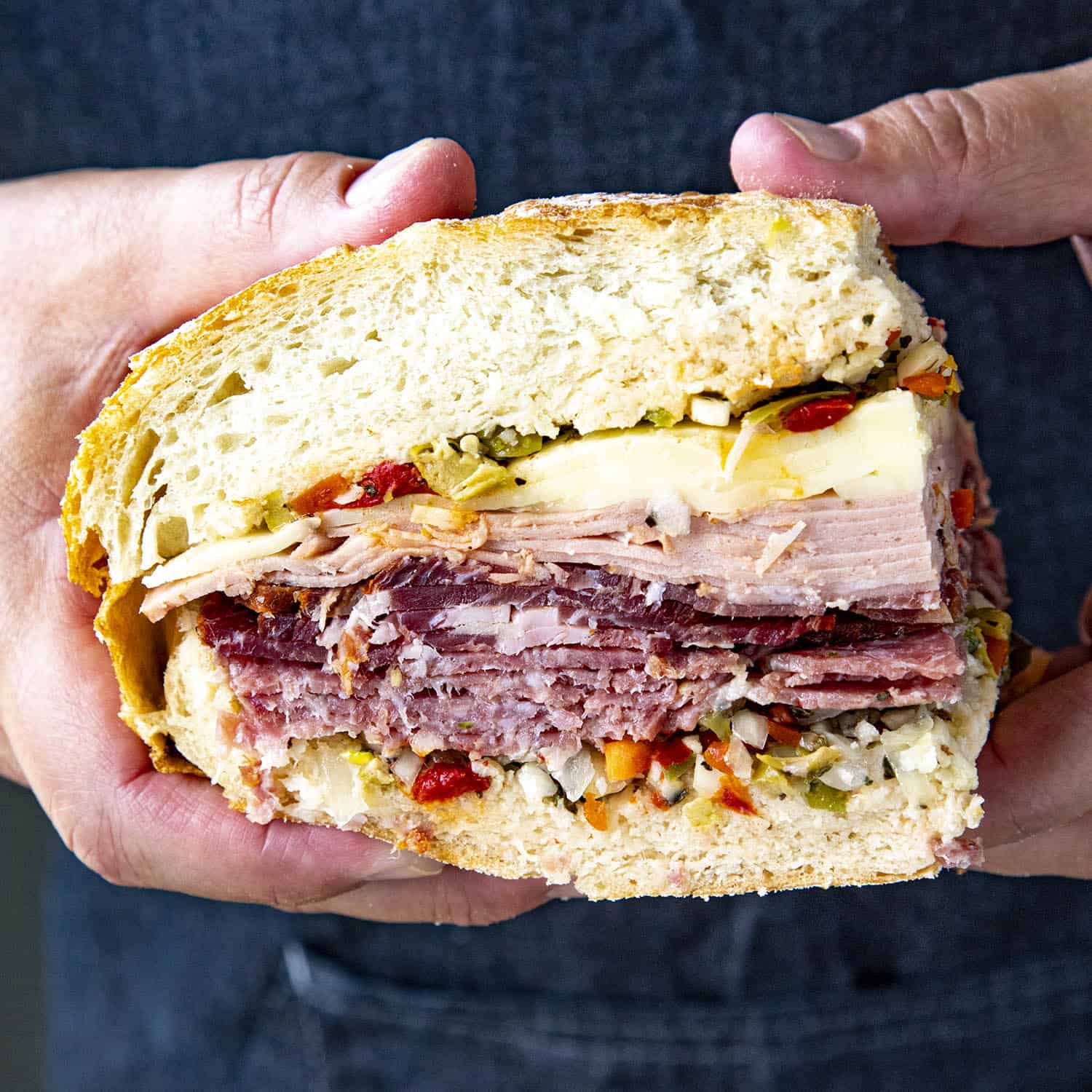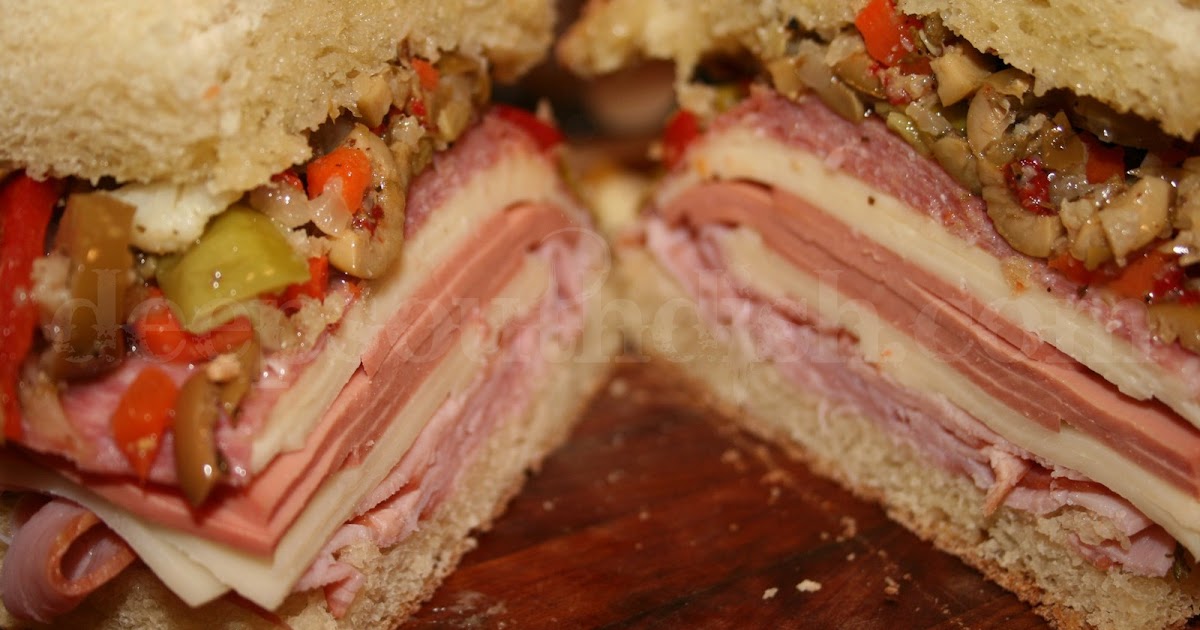

Chef JP aka The Chef From Hell (circa 1987)
Greetings to all the Cajun / Creole food lovers everywhere!
My introduction to the cuisine of New Orleans took place in 1961 in New Orleans when my Dad, who was an Army doctor, was stationed in New Orleans. I can remember my Dad taking the family many times on Sunday to a wonderful restaurant called Galatoire's.

Founded in 1905 by Jean Galatoire, this infamous address distinguished itself on Bourbon St. from its humble beginning. From the small village of Pardies, France, Jean Galatoire brought recipes and traditions inspired by the familial dining style of his homeland to create the menu and ambiance of the internationally-renowned restaurant. In its fifth generation, it is the Galatoire family and descendants who have carried the tradition of New Orleans’ fine dining restaurants and influenced its evolution.

My love of New Orleans music would implant itself in my own music career that seriously started in 1977 when I moved to Long Island and became a member of a band called the Freelance Vandals.

Years later, when I decided to take a hiatus from the music biz, I got into the food service business and eventually became a chef and a restaurant owner. In those days my nickname was The Chef From Hell; most probably due to the use of fiery herbs and sauces along with the influence of Chef Paul Prudhomme (a creative individual who brought Cajun / Creole cuisine back into the mainstream in the 80's).

Over the years as a Chef, I had a great time creating my own Cajun / Creole dishes at my various restaurants; The Bayou in Bellmore, NY, Big Daddy's in Massapequa, NY and Yazoo City in my hometown, Lindenhurst, NY.

Throughout these years my most favorite time to cook was during MARDI GRAS WEEK which was a week long celebration starting on the Tuesday before Fat Tuesday and then on Fat Tuesday itself.

"In the dark age before electricity and refrigeration, it took master cooks – culinary magicians – to deliver miracles out of the kitchens of the South; now, with good directions and modern equipment, it is possible for anyone with enough interest to do almost as well…when the chemistry is right, a Southern meal can still be an aesthetic wonder, a sensory delight, even a mystical experience.” John Egerton SOUTHERN FOOD (Alfred A. Knopf 1987)


IF YER IN A MOOD FOR SOME MARDI GRAS SOUNDS
CHECK OUT OUR NEW

WHAT'S FOR DINNER?

THE MUFFALETTA SANDWICH

GIARDINIERA: ITALIAN PICKLED VEGETABLE MIX

MUFFALETTA SANDWICH BREAD

INGREDIENTS
1 large round bread loaf, 9 inches in diameter (often referred to as a "Bishop's Loaf"
1 cup Giardiniera (an Italian pickled vegetable mix) Giardiniera
1/4 cup Black Olives, chopped coarse
1/4 cup Green Pimento stuffed Olives
Olive Oil
4 oz Genoa Salami, sliced thin
4 oz Prosciutto Ham, sliced thin
4 oz Capicola, sliced thin
4 oz Provolone thin, sliced thin

COOKING PROCEDURE
Preheat your oven to 350 degrees
Drain the Giardinera of any liquid and place it in a food processor
Add the black and green olives
Drizzle in a little olive oil & pulse the ingredients until you achieve a chunky vegetable mix
Set this mix aside
Slice the round loaf in half horizontally
Layer the bottom of the loaf with the processed vegetable mix
Layer the sliced cheese and meats over the vegetable mix
Place the top half of the bread on top of the meats
Wrap the sandwich in aluminum foil
Bake the sandwich in a 350 oven until the cheese is melted and the meats are warm; about 25 to 30 minutes or so
Remove the sandwich from the oven and let it rest for 10 to 15 minutes
Slice the sandwich into quarters and have yourself a great time!

There are two schools of thought when it comes to the famous Muffaletta sandwich. Some folks like it prepared cold much like a deli sandwich whereas others prefer the sandwich served hot. My preference is to heat it up and enjoy all that melted cheese. Yeah baby!

HERE'S WHAT A MUFFALETTA SANDWICH LOOKS LIKE
AFTER IT'S BEEN HEATED UP…MMMMM!

THE HISTORY OF THE MUFFALETTA SANDWICH

The muffuletta—a mammoth sandwich of round sesame bread layered with Genoa salami, ham, mortadella, cheese, and olive salad—is one of New Orleans’s signature dishes. Clearly, the muffuletta is Italian in its ingredients, and yet the sandwich does not exist in Italy. Instead, it is a New Orleans tradition, born and bred in the city, and a testament to the Sicilian community that settled there in the late 1880s and early 1900s.
Farmers, vendors, dockworkers, and street hawkers set up shop close to the French Market in an area that became known as “Little Palermo.” At the turn of the twentieth century, there were more than a dozen macaroni factories, several Italian bakeries, and a multitude of importers and small grocers in the neighborhood. It was the symbiotic relationship between these people, their recipes, customs, and traditions that shaped the story of the muffuletta.

Muffaletta…muffuletto…muffulettu…muffalatta…or muffolettu?
There are several ways to pronounce and spell muffuletta. Some theories on the variations are that they stem from the Italian word muffa (mold) or, more likely, from the Latin term muffula (small sack or mitten).
The Muffuletto first entered the New Orleans lexicon not as the name for the sandwich but for the type of bread. It seems likely that the sandwich eventually took its name from the bread that is its foundation. Gene Bourg, a former food critic for the Times-Picayune, claimed in a 1988 article that the name transferred due to the practice of reusing the labeled paper. Even today, the custom of wrapping a quartered muffuletta sandwich in the leftover bread paper is sometimes still used.
The muffuletto loaf came to New Orleans from Sicily, where it is associated with religious festivities such as St. Martin’s Day, All Souls’ Day, or the Eve of the Immaculate Conception. The loaves are characterized by a soft and spongy interior and light crust. Most are large, round, often flattened and, like New Orleans’s own muffuletto loaf, come topped with aromatic seeds, such as sesame or fennel.
These traditional golden loaves are perfect for filling. Early advertisements from importers show that the ingredients needed to make a muffaletta sandwich were readily available in the French Quarter at the turn of the century. Yet the first filled muffuletto loaves in New Orleans probably looked and tasted more like those found in Sicily—seasoned with olive oil or lard, olives, oregano, anchovies, and ricotta or caciocavallo cheese. Smaller seeded rolls were also used to make a spleen sandwich called a “vastedda,” which is still eaten in the markets of Palermo today but has disappeared from New Orleans’s culinary landscape.

Prior to the mid-1950s, the muffuletta sandwich did not appear on written menus. The lack of the name’s early mention does not mean that the sandwich didn’t exist: it either had no name or existed under a different one.
Some residents of the French Quarter remember asking for an Italian Sandwich at Central Grocery or at the neighboring Progress Grocery. Montalbano’s Delicatessen at 724 St. Philip Street sold a sandwich called the Roman or Roma. Clearly a muffuletta, a sandwich that was described as an enormous round sandwich, was made to order on a scale, with however much cold cuts, cheeses, or olive salad a customer requested.

Central Grocery and the Original Muffuletta: There are as many legends about the origins of today’s muffuletta sandwich as there are ways to pronounce it.
The most common theory is that it originated in 1906 at Central Grocery (923 Decatur Street in the French Quarter) by owner Salvatore Lupo. According to his daughter, Marie Lupo Tusa, ‘At lunchtime farmers would go to my father’s grocery and would buy small quantities of Italian cold cuts, cheese, and olive salad. My father also sold a round, puffy, Sicilian-style bread called muffuletta that was baked in small quantities by a Sicilian baker in the neighborhood. In the beginning, the farmers ate the bread along with the cold cuts, cheese, and olive salad. Eventually, my father suggested to his customers that he put it all together as a sandwich for them. The sandwich was referred to as a muffuletta because that was the name of the bread. In Sicily, there was no such thing as a muffuletta sandwich—only the muffuletta bread.’

By the 1970s, the muffuletta was clearly established on the local and national food scene, as it was listed on menus and discussed in the media. This humble sandwich—a must-eat for tourists and the cause of cravings for many locals—stands as a reminder of the vibrant and important Sicilian community that helped to create New Orleans’s rich and layered history.

I Can't Believe I'm Still HUNGRY!


IF YER IN A MOOD FOR SOME MARDI GRAS SOUNDS
CHECK OUT OUR NEW

Life is short…have some Mardi Gras fun why'doncha!